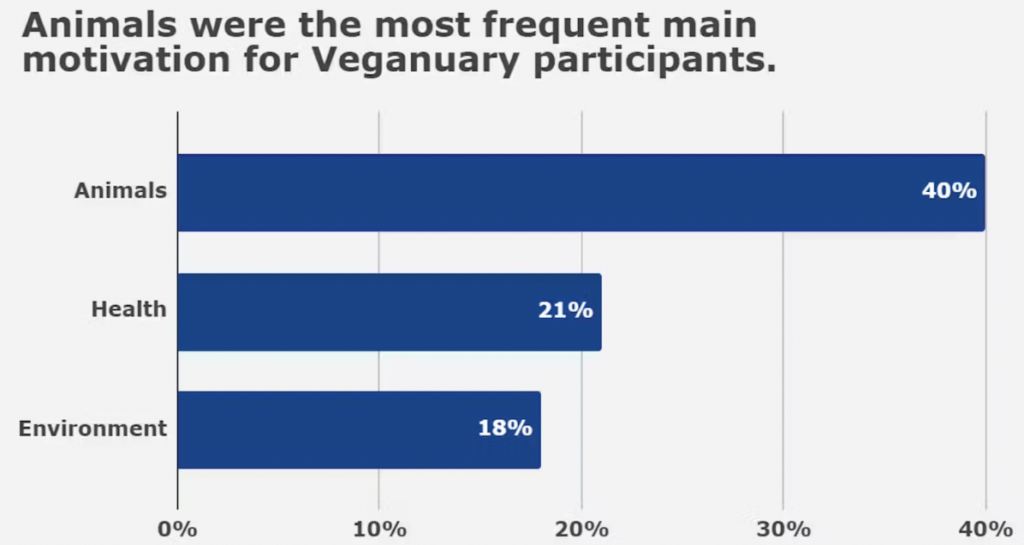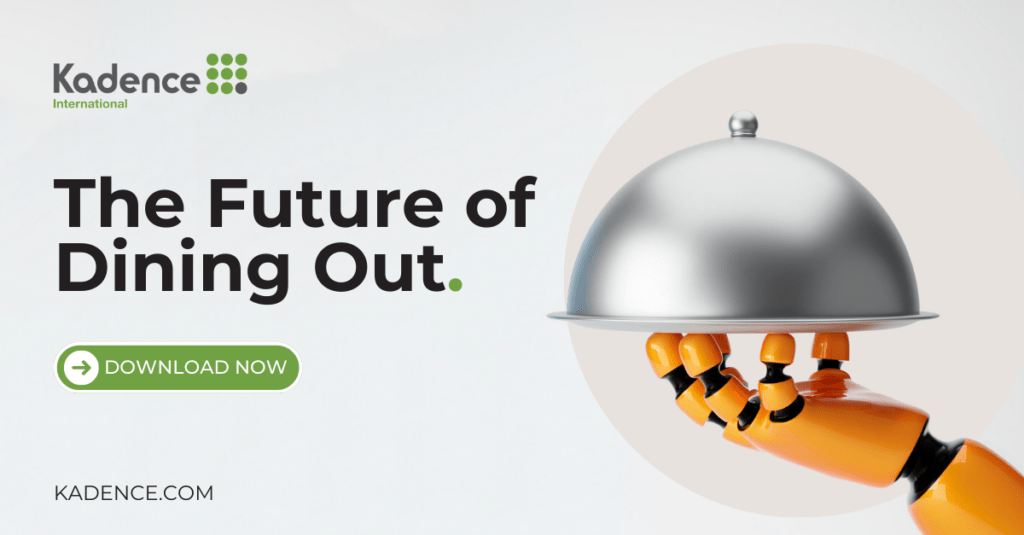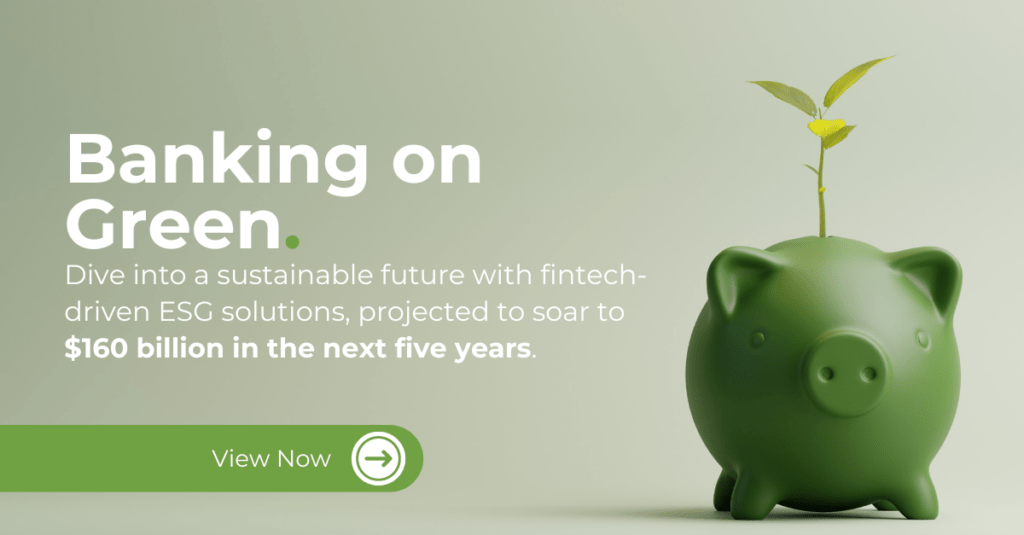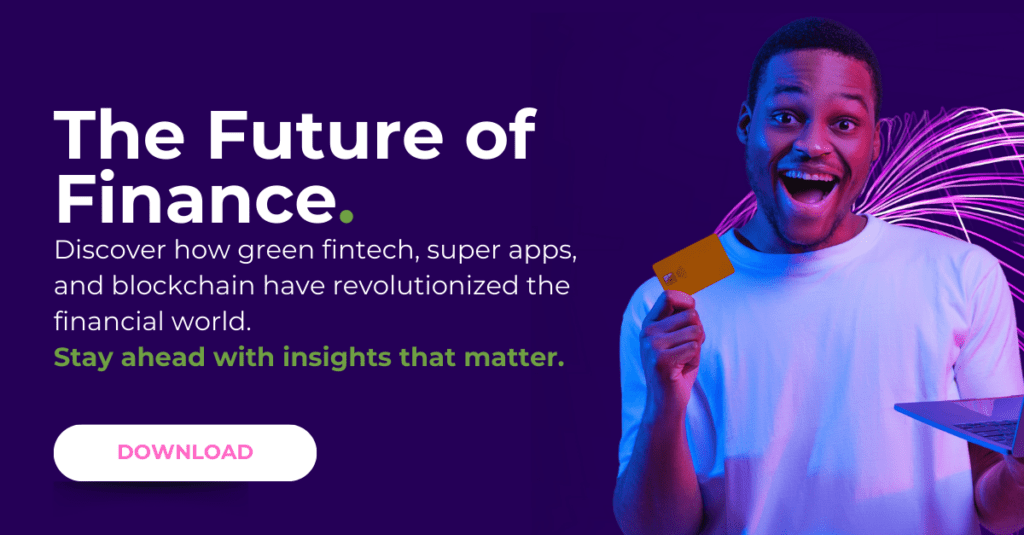When global icons like Bill Gates and Sir Paul McCartney extol the virtues of plant-based diets, food brands worldwide should take notice. Gates, an advocate for sustainable agriculture, has invested heavily in plant-based meat companies, while McCartney has long promoted vegetarianism for ethical and environmental reasons. Their endorsements highlight a pivotal shift in consumer preferences and market dynamics.
As consumers increasingly prioritise health and the environment, plant-based options are rapidly expanding on restaurant menus and supermarket shelves. Popular plant-based substitutes like Beyond Meat, Impossible Foods, and Oatly are becoming household names. These products mimic the taste and texture of meat and dairy, making them appealing to a broad audience.

The Plant-Based Revolution
The plant-based revolution is not just a fleeting trend; it’s a profound shift in how we think about food. This movement, driven by health concerns, environmental sustainability, and ethical considerations, is transforming the food industry.
The global plant-based food market was valued at $50.32 billion in 2023. It is projected to surge to $95.92 billion by 2028, growing at a compound annual growth rate (CAGR) of 13.9%.
-Source: IMARC
Over the past decade, the number of restaurants in the United States offering plant-based options on their menus has surged by an impressive 62%. Nearly 50% of restaurants across the country offer plant-based options, according to IMARC.
In the UK, the vegan population has grown by an estimated 1.1 million in just a year, reflecting a similar trend of increasing awareness and adoption of plant-based diets. This surge in plant-based eating emphasises the global momentum toward more sustainable and ethical food choices.
This shift is not only about consumer preference but also a response to the problems inherent in industrial farming, including animal cruelty and environmental degradation. Many people eat fewer animal foods to protest the harm caused to animals for food production. A plant-based diet is significantly better for the environment than one heavy in meat and dairy. This environmental benefit is a critical driver for the growing popularity of plant-based diets.
Definition and Scope of Plant-Based Foods
Consumers increasingly turn to plant-based alternatives, with climate change and health crises looming. These diets are lauded for their potential to reduce greenhouse gas emissions, lower the risk of chronic diseases, and promote animal welfare.
Plant-based foods encompass a wide range of plant products and exclude animal ingredients. These products aim to replicate the sensory experience of their animal-based counterparts while providing similar or enhanced nutritional benefits and include:
- Meat Substitutes: Products like tofu, tempeh, seitan, and innovative meat analogs such as Beyond Meat and Impossible Foods mimic the taste and texture of animal meat.
- Dairy Alternativ›es: Plant-based milk (almond, soy, oat, etc.), yogurts, cheeses, and ice creams.
- Egg Substitutes: Products made from ingredients like mung beans or chickpeas to replace eggs in cooking and baking.
- Seafood Substitutes: Plant-based seafood products from algae, seaweed, or other plant ingredients.
- Other Plant-Based Foods: These include snacks, baked goods, and ready-to-eat meals without animal products.
Key Drivers of the Plant-Based Food Market
- Health Consciousness
Studies have shown that plant-based diets can improve overall health, reduce obesity, and increase longevity. Consumers are increasingly aware of the health benefits associated with plant-based diets, which are linked to lower risks of heart disease, high blood pressure, diabetes, and certain cancers.
- Environmental Concerns
Traditional animal farming has a significant environmental impact, contributing to greenhouse gas emissions, deforestation, and water scarcity.
Plant-based diets are more sustainable as they require fewer natural resources and produce fewer greenhouse gases. For example, producing one pound of plant-based protein requires significantly less water and land than producing one pound of animal protein.
- Economic Factors: Inflation
Inflation also influences consumer choices, with rising food prices prompting many to seek more affordable eating options. Plant-based foods, often less susceptible to the same price volatilities as meat, offer a viable and economical alternative.
- Media Influence: Documentaries
Documentaries exposing the realities of the meat industry have played a pivotal role in shaping public perception and awareness. Films like “Forks Over Knives” and “Cowspiracy” have informed audiences about animal agriculture’s health and environmental impacts, further boosting the popularity of plant-based diets.
- Cultural Movements: Meatless Mondays
Initiatives like Meatless Mondays encourage people to reduce meat consumption one day a week, raising awareness about plant-based diets and showing how easy and beneficial such changes can be. This movement and the increasing acceptance of veganism and vegetarianism showcase a cultural shift towards plant-based eating.
- Ethical Considerations
Animal welfare concerns are a major driver for many consumers. Issues such as factory farming, animal cruelty, and the ethical treatment of animals have led people to seek alternatives.
Movements promoting veganism and vegetarianism highlight the ethical benefits of reducing or eliminating animal products from diets, which has resonated with a growing number of consumers.
A Global Snapshot of the Plant-Based Market
| Country | Market Size & Growth Statistics | Consumer Demographics & Preferences | Popular Brands | Key Trends |
|---|---|---|---|---|
| US | Market size: $8.1 billion (2023), expected to grow at a CAGR of 12.2% through 2033 | 6 in 10 households purchased plant-based foods in 2023; 95% of buyers also purchase animal-based meat | Beyond Meat, Impossible Foods, Oatly | Flexitarianism, plant-based dairy alternatives, product innovation |
| UK | Market size: $1.48 billion (2023), expected to grow at a CAGR of 8.6% through 2032 | Increasing number of vegans, vegetarians, and flexitarians; high demand for meat and dairy alternatives | Quorn, Oatly, Plant Pioneers | Rise of veganism, innovation in plant-based meats, increasing variety in supermarkets |
| India | Market size: $727 million (2023), expected to grow at a CAGR of 10.9% through 2033 | Predominantly vegetarian culture, growing awareness of veganism | GoodDot, Vezlay | Traditional vegetarian culture, increasing vegan awareness, growth in plant-based milk alternatives |
| Japan | Market size: $320 million (2023), expected to grow at a CAGR of 9.3% through 2032 | Health-conscious consumers, rising interest in plant-based seafood alternatives | Next Meats, Otsuka Foods | Interest in health benefits, plant-based seafood alternatives |
| China | Market size: $9.4 billion (2023), expected to grow at a CAGR of 14.1% through 2033 | Urbanization, growing middle class, increasing health awareness | Zhenmeat, Starfield | Government support for plant-based initiatives, growing urban population, increased health consciousness |
| Thailand | Market size: $400 million (2023), expected to grow at a CAGR of 11.5% through 2032 | Health-conscious consumers, Buddhist vegetarian influence | Let’s Plant Meat, Meat Avatar | Health consciousness, Buddhist vegetarian influence, innovation in local cuisine |
| Vietnam | Market size: $250 million (2023), expected to grow at a CAGR of 10.8% through 2032 | Growing middle class, increasing interest in healthy eating | Mavin Group, Vinasoy | Growing middle class, interest in healthy eating, local production of plant-based foods |
| Philippines | Market size: $320 million (2023), expected to grow at a CAGR of 11.7% through 2032 | Health awareness, influence of Western diets | WTH Foods, Prime Pacific Foods | Health awareness, influence of Western diets, increasing availability of plant-based options in retail |
| Indonesia | Market size: $480 million (2023), expected to grow at a CAGR of 12.3% through 2032 | Rising health consciousness, religious influences (halal) | Green Rebel Foods, Burgreens | Rising health consciousness, halal certification, growth in local plant-based meat production |
| Singapore | Market size: $350 million (2023), expected to grow at a CAGR of 11.9% through 2032 | Highly educated consumers with a high awareness of sustainability | Shiok Meats, Karana | Innovation hub, government support for sustainable food, advanced food tech sector |
**These values have been converted using the current exchange rates where necessary and provide a comprehensive overview of the plant-based food market across different regions.
Sources: The Good Food Institute, Future Insights, Research & Markets, and IMARC
Case Study: Veganuary and Its Impact Over 10 Years

Image Credit: Veganuary website
Background
Veganuary is a UK-based non-profit organisation that promotes and supports people worldwide going vegan for January. The initiative started in 2014 to reduce environmental impact, improve human health, and end animal farming.
Over the years, Veganuary has sparked an international movement, with millions of participants from over 200 countries, making it a focal point in the discourse around veganism and plant-based diets.
Approach
Veganuary’s multi-faceted strategy involves awareness campaigns, brand partnerships, and strong community engagement.
Key approaches include:
- Digital Campaigns: Utilising social media platforms and email marketing to reach a global audience, providing daily support, recipes, and information to participants.
- Corporate Partnerships: Collaborating with restaurants, supermarkets, and food brands to increase the availability and visibility of vegan products. New vegan products and menus are launched each year in January, coinciding with the campaign.
- Celebrity Endorsements and Media Coverage: Leveraging endorsements from celebrities and influencers to boost the profile of the campaign and reach a wider audience.
- Resource Provision: Offering a range of resources on its website, including meal plans, nutritional information, and motivational advice to help participants maintain a vegan lifestyle beyond January.
Outcomes
The outcomes of Veganuary over the past decade have been significant both in terms of scale and impact:
- Increased Participation: From 3,300 participants in its first year to over 600,000 registered participants in 2023, illustrating a massive growth in popularity and acceptance of the challenge and veganism.
- Market Impact: The initiative has significantly impacted the food industry with increased vegan product offerings. Major supermarkets and restaurants have expanded their vegan ranges significantly to cater to the demand generated by Veganuary.
- Environmental and Health Awareness: Veganuary has played a crucial role in educating people about the environmental benefits of a vegan diet, including reduced carbon emissions and water usage. Health benefits, such as lower risks of heart disease, hypertension, and type 2 diabetes, have also been emphasised.
- Long-Term Dietary Changes: Veganuary’s surveys suggest that many participants continue to maintain a reduced-meat or fully vegan diet even after the campaign month ends.
Over ten years, Veganuary has grown from a small-scale campaign to a global movement, demonstrating the growing public interest in veganism as a sustainable and healthy lifestyle choice. The initiative has helped individuals make more conscious dietary choices and driven the food industry to adapt to these changing consumer preferences.

Image Credit: Veganuary.
Animals were the most frequent main motivation for Veganuary participants.
Veganuary’s success illustrates the power of well-organised awareness campaigns in effecting social and environmental change. This case study highlights the potential of targeted initiatives to influence public behaviour and industry standards globally.
Opportunities for Food Brands in the Plant-based Market
Market Entry Strategies
Entering the plant-based food market requires a nuanced approach to navigate its unique dynamics and consumer expectations.
Key strategies include:
- Market Research and Consumer Insights: Understanding local consumer preferences, dietary habits, and cultural nuances is crucial. Tailoring products to meet specific regional tastes can significantly enhance market acceptance.
- Regulatory Compliance: Ensuring products meet local regulatory standards and labelling requirements is essential to avoid legal issues and build consumer trust.
- Distribution Channels: Establishing strong distribution networks, including partnerships with major retailers, e-commerce platforms, and food service providers, can facilitate market penetration and product accessibility.
Product Innovation and Differentiation
Innovation is at the heart of the plant-based food market.
Brands must focus on:
- Taste and Texture Improvements: Continuous innovation to improve the taste and texture of plant-based products to make them more appealing to mainstream consumers. Companies like Beyond Meat and Impossible Foods are leaders in this area.
- Nutritional Enhancements: Developing products that not only mimic the sensory attributes of animal-based foods but also offer superior nutritional benefits, such as added vitamins, minerals, and protein content.
- New Product Categories: Expanding beyond traditional plant-based meats and dairy into new categories like plant-based seafood, eggs, and ready-to-eat meals.
Marketing and Consumer Engagement
Effective marketing strategies are vital for capturing consumer interest and fostering brand loyalty.
Key approaches include:
- Educational Campaigns: Informing consumers about the health, environmental, and ethical benefits of plant-based diets through targeted marketing campaigns and social media outreach.
- Influencer Partnerships: Collaborating with influencers and celebrities who advocate for plant-based diets to reach a wider audience and build credibility.
- Sampling Programs: Offering product samples in supermarkets, restaurants, and events to encourage trial and adoption among consumers.
Partnerships and Collaborations
Strategic partnerships can significantly enhance a brand’s market presence and operational efficiency.
- Retail and Foodservice Collaborations: Partnering with major retailers, restaurants, and providers to increase product availability and visibility. For instance, Beyond Meat’s collaborations with fast-food chains like McDonald’s and KFC have been instrumental in reaching new customers.
- Co-Branding Initiatives: Working with established brands to co-create and co-market products, leveraging each brand’s strengths and consumer base.
- Research and Development Alliances: Collaborating with research institutions and technology companies to innovate and improve product formulations and production processes.
Leveraging Technology and Sustainability
Technological advancements and sustainable practices are key to driving growth and differentiation in the plant-based food market.
- Food Technology: Utilising cutting-edge food technology, such as fermentation, cell-culturing, and molecular gastronomy, to create innovative plant-based products that closely mimic the characteristics of animal-based foods.
- Sustainable Sourcing: Ensuring sustainable sourcing of raw materials to reduce environmental impact and appeal to eco-conscious consumers. This includes using non-GMO ingredients, minimising water and land use, and reducing greenhouse gas emissions.
- Sustainable Packaging: Implementing eco-friendly packaging enhances product appeal and reduces environmental footprint. Companies increasingly adopt biodegradable, recyclable, and minimalistic packaging designs.
Major Challenges in Plant-based Markets
Navigating Cultural and Regional Differences
One of the primary challenges for food brands entering the plant-based market is addressing the cultural and regional differences in dietary habits and food preferences.
- Cultural Preferences: In some regions, meat and dairy are deeply ingrained in the culinary traditions and cultural identity. For example, Japan and China have rich culinary traditions centred around seafood and pork, which can make the introduction of plant-based substitutes challenging.
- Regional Tastes: Consumer tastes vary significantly across regions. While Western markets may favour burgers and sausages, Asian markets might prefer plant-based versions of traditional foods such as dumplings, curries, and noodles.
- Localised Marketing: Brands must tailor their marketing strategies to resonate with local cultures. This includes using culturally relevant messaging and local influencers to promote plant-based products.
Addressing Taste and Texture Preferences
Taste and texture remain critical barriers to the widespread adoption of plant-based foods.
- Mimicking Meat and Dairy: Achieving a taste and texture closely mimicking animal products is essential for attracting mainstream consumers. Despite advancements, many consumers still perceive plant-based alternatives as inferior in taste and texture.
- Continuous Improvement: Ongoing research and development are essential for improving the sensory characteristics of plant-based foods. This involves utilising food technology to enhance the texture, juiciness, and flavour of meat and dairy alternatives.
- Consumer Education: Educating consumers on cooking and incorporating plant-based foods into their diets can help bridge the gap in taste expectations. Providing recipes and cooking tips can make plant-based products more accessible and enjoyable.
Pricing Strategies and Affordability
Pricing remains a significant challenge for plant-based food brands.
- Premium Pricing: Plant-based products often charge a premium price compared to animal-based counterparts due to higher production costs and smaller economies of scale.
- Cost Reduction: Brands must focus on reducing production costs through technological advancements and scaling operations. This includes improving supply chain efficiencies and sourcing cost-effective ingredients.
- Value Proposition: Communicating the value proposition of plant-based foods, such as health benefits and environmental impact, can justify the higher price point and attract more price-sensitive consumers.
Supply Chain and Sourcing Issues
Establishing a reliable and sustainable supply chain is crucial for the plant-based food industry.
- Ingredient Sourcing: Securing high-quality, non-GMO, and organic plant-based ingredients can be challenging and costly. Brands need to establish strong relationships with suppliers to ensure consistent quality and availability.
- Logistics: Managing the logistics of transporting perishable plant-based products can be complex. Ensuring that products remain fresh and appealing when they reach consumers is vital.
- Sustainability: Implementing sustainable sourcing practices is increasingly important to consumers. Brands must ensure their supply chains minimise environmental impact and support ethical practices.
Regulatory and Labeling Requirements
Navigating the regulatory landscape is another significant challenge for plant-based food brands.
- Compliance: Brands must ensure compliance with local food safety standards and regulations, which can vary widely across regions. This includes adhering to labelling requirements and health claims.
- Labelling Clarity: Clear and accurate labelling is essential to inform consumers about plant-based products’ ingredients and nutritional benefits. Misleading labels can lead to consumer distrust and regulatory penalties.
- Advocacy and Standards: Engaging with regulatory bodies and industry associations to advocate for standards and guidelines that support the growth of the plant-based sector can help mitigate regulatory challenges.
The Future Outlook of Plant-based Foods
Predictions for Market Growth and Trends
The plant-based food market is poised for substantial growth over the next decade. Key predictions include:
- Diversification: The market will see a diversification of plant-based products beyond meat and dairy substitutes, including seafood, eggs, and ready-to-eat meals. Brands will likely innovate in areas such as plant-based snacks and desserts.
- Mainstream Adoption: As more consumers become aware of the health and environmental benefits, plant-based foods will move further into the mainstream. This shift will be supported by increased availability in supermarkets, restaurants, and fast-food chains.
Long-Term Consumer Behavior Changes
Long-term shifts in consumer behavior will underpin the sustained growth of the plant-based food market:
- Health and Wellness Trends: As awareness of the health benefits of plant-based diets continues to grow, more consumers will adopt these diets to improve their overall health and reduce the risk of chronic diseases.
- Environmental Awareness: Increasing concerns about climate change and environmental sustainability will drive consumers to seek plant-based foods to reduce their carbon footprint and support more sustainable food systems.
- Ethical Consumption: The trend towards ethical consumption in food and beverage, where consumers make purchasing decisions based on their values, including animal welfare and environmental impact, will continue to gain momentum. This shift will support the long-term growth of plant-based foods.
The future of the plant-based food market looks promising, with significant opportunities for growth driven by technological advancements, supportive policies, and changing consumer behaviours. Brands that can innovate and adapt to these trends will be well-positioned to thrive in this dynamic and expanding market.
















 Senior Marketing Executive
Senior Marketing Executive Sales & Marketing
Sales & Marketing General Manager PR -Internal Communications & Government Affairs
General Manager PR -Internal Communications & Government Affairs Vital Strategies
Vital Strategies
 Customer Intelligence Director
Customer Intelligence Director